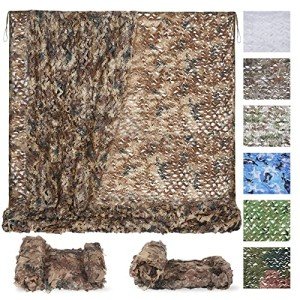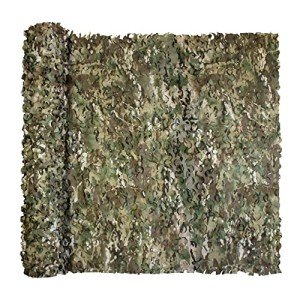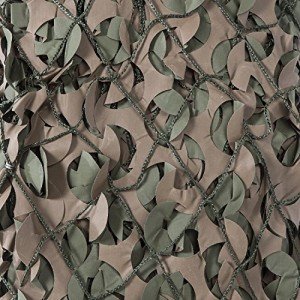Basics of Pigeon Hunting Blinds / Hides
Pigeon hunting is a popular outdoor activity that requires skill, patience, and the right equipment. Among the essential tools for a successful hunt are pigeon hunting blinds, also known as hides. These structures help conceal hunters from the sharp eyes of pigeons, increasing the likelihood of a successful outing. Here's a comprehensive guide to understanding the basics of pigeon hunting blinds.
Purpose of Hunting Blinds
Pigeons have excellent vision and are quick to detect any unusual movement or shape in their environment. Hunting blinds provide a means of camouflage, allowing hunters to blend seamlessly into their surroundings. By reducing the pigeons' ability to spot you, a blind significantly increases the chances of getting close enough for an effective shot.
Types of Hunting Blinds
There are various types of pigeon hunting blinds available, each suited to different terrains and hunting styles:
-
Natural Blinds
-
These are created using natural materials like branches, leaves, or tall grass. They’re cost-effective and blend perfectly with the environment but require time and effort to construct.
-
-
Portable Blinds
-
Lightweight and easy to set up, portable blinds are made from synthetic materials such as canvas or polyester. They often come with camouflage patterns and provide a convenient option for hunters on the move.
-
-
Permanent Blinds
-
These are built to last in a specific hunting location. Made of durable materials like wood or metal, permanent blinds offer excellent stability and protection from the elements but lack mobility.
-
-
Pop-Up Blinds
-
Designed for quick assembly, pop-up blinds are compact, portable, and easy to use. They’re an excellent choice for hunters who need to set up in multiple locations within a single trip.
-
Key Features to Consider
When selecting a hunting blind, consider the following factors:
-
Camouflage
-
Choose a blind with patterns that match the natural surroundings of your hunting area. The goal is to remain undetectable to pigeons.
-
-
Size
-
Ensure the blind is spacious enough to accommodate you and your gear comfortably. If hunting in pairs or with a dog, opt for a larger model.
-
-
Ease of Setup
-
A blind that is quick and easy to assemble saves time and reduces noise, minimizing the risk of scaring away pigeons.
-
-
Portability
-
For hunters who move frequently, lightweight and foldable blinds are ideal.
-
-
Durability
-
Invest in a blind made from weather-resistant materials to ensure it withstands the elements and lasts for multiple hunting seasons.
-
Setting Up Your Blind
Proper setup of a hunting blind is crucial for success. Follow these tips to maximize effectiveness:
-
Scout the Area
-
Identify locations with high pigeon activity, such as feeding grounds or watering holes. Set up your blind downwind to avoid detection by scent.
-
-
Blend with the Environment
-
Use additional natural materials to further camouflage your blind and ensure it integrates seamlessly with the surroundings.
-
-
Keep Quiet
-
Set up the blind as quietly as possible to avoid startling nearby pigeons.
-
-
Position Strategically
-
Place the blind where you have a clear line of sight and an unobstructed shooting range.
-
Tips for Success
-
Stay Still: Minimize movement inside the blind to avoid drawing attention.
-
Dress Appropriately: Wear camouflage clothing that matches the blind and surroundings.
-
Practice Patience: Pigeon hunting often involves long waits, so be prepared to stay focused.
Conclusion
Pigeon hunting blinds are invaluable tools that enhance the hunting experience by providing effective concealment. Whether you’re a seasoned hunter or a beginner, understanding the basics of hunting blinds and selecting the right one for your needs can make all the difference. With careful planning and the proper setup, you’ll be well on your way to a successful and enjoyable hunt.




